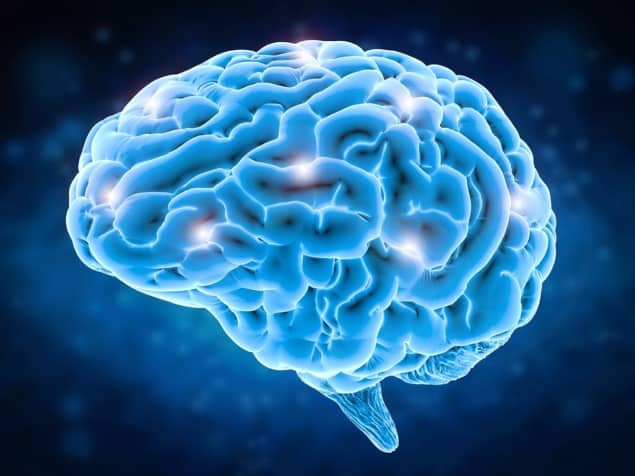Does the brain awaken via a continuous phase transition?
23 May 2019 Hamish Johnston
Further evidence that the brain undergoes a continuous phase transition when we awaken from sleep has been discovered by physicists in Brazil. The team studied patterns in the spiking of neurons in the brains of sleeping and awake rats and found evidence for a critical point where the transition occurs.
An important unanswered question is how the brain makes the transition between these two different states – or phases – of consciousness. One possibility is that brain activity undergoes a continuous phase transition. This process occurs in a wide range of physical systems including the transition between the magnetic and non-magnetic phases of iron when the material is heated above a critical temperatureWaking up in the morning certainly feels like a transition between two states of mind, but scientists do not have a good understanding of how the brain shifts from one state to the other. Researchers do know that brain activity involves neurons creating small voltage spikes. By studying these spikes in mammals, scientists know that the spikes are emitted in synchronous repeated bursts during sleep and as asynchronous noise-like signals when the animals are awake.
Spiky avalanches
This latest research was done by Antonio Fontenele and Nivaldo de Vasconcelos at the Federal University of Pernambuco and colleagues, who measured brain signals from rats and observed avalanche-like events in which many spikes occur in quick succession. They measured the number of spikes in each avalanche (which they define as the size of the avalanche) as well as the duration of each avalanche.
The team then plotted the incidence of avalanches as a function of size and duration. The plots revealed power law distributions of both avalanche size and duration at the transition between asleep and awake states. These power law distributions are indicative of the existence of a critical point in a continuous phase transition, say the researchers.
As well as analysing their observations of the brain activity of eight rats, the team also looked at brain-spiking data from independent studies of a monkey and mice and found similar power-law distributions.
Intriguingly, the observed power laws are incompatible with a popular model that describes the awakening process as a percolation-like phase transition between quiescent and active states. Instead, the observations are somewhat in line with the “critical oscillations” (or CROS) model of neuronal avalanches. The CROS model, however, does not currently provide a critical point and the team believe that their findings will help with the further development of this and other models.
The research is described in Physical Review Letters.

Hamish Johnston is the general-physics editor of Physics World
from physicsworld.com 28/5/2019

Δεν υπάρχουν σχόλια:
Δημοσίευση σχολίου